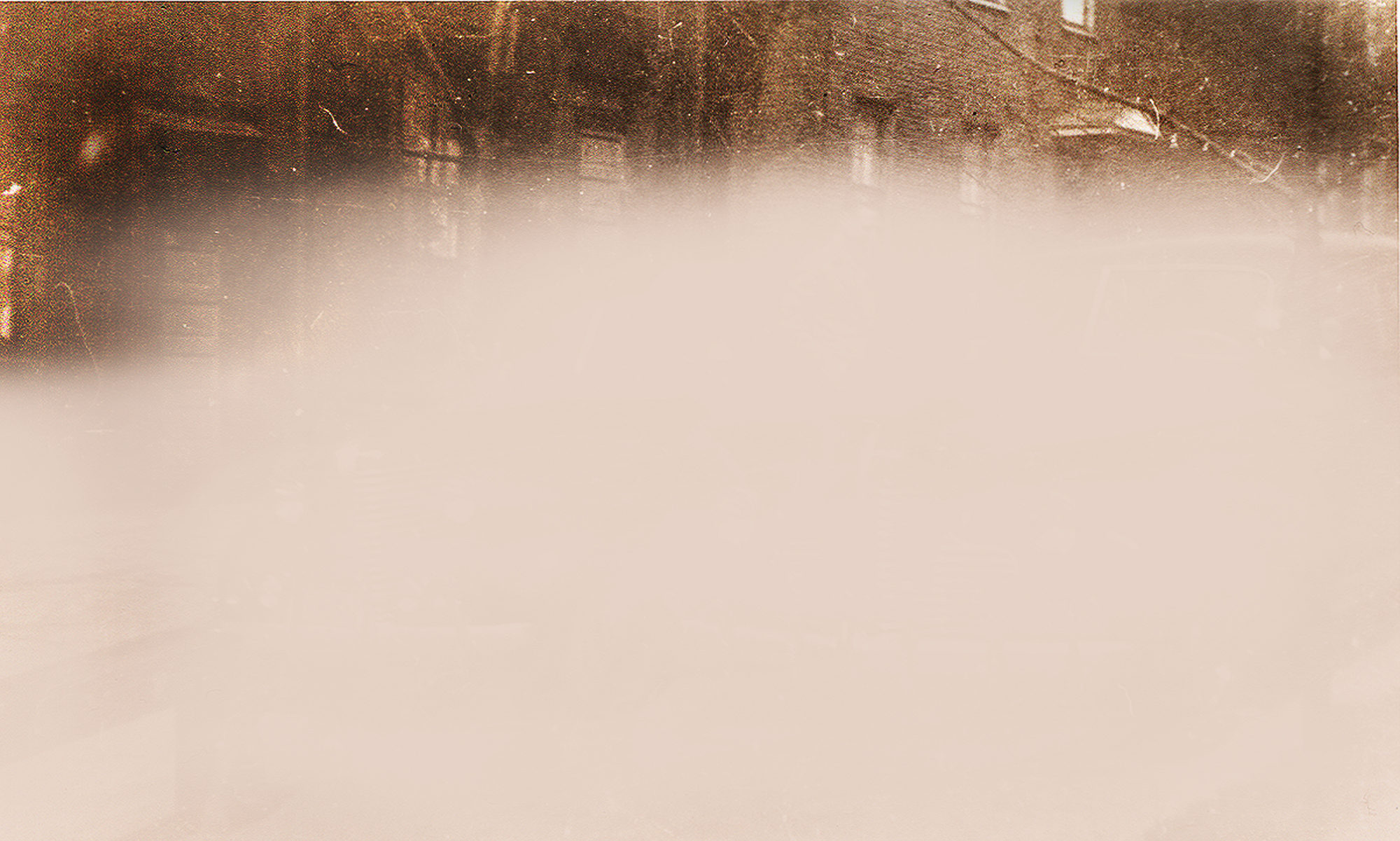There are a number of ways to approach fixing up an old property. My focus and advocacy are for keeping as much of the original structure, spaces and details as possible within the constraints of budget, time, usage needs and environmental concerns. This approach is a far cry from the gut it/renovate to an open plan/paint it all white approach which is the current fashion (and, not coincidentally, easy and profitable for speculators and contractors).
Letting an old house be what it is, as much as possible, can be time-consuming and tedious. It can cost more in some ways and be less expensive in others, especially if the homeowner is willing and able to take on some of the work themselves. There are a number of reasons to use a light hand when fixing up an old house:
— The quality of the materials and craftsmanship in old houses is usual far superior to anything available today.
— Gutting a house generates tons of waste. In many cases much of that material could have been kept in place, repaired and lasted for many years to come.
— The look and feel of old buildings is precious and irreplaceable.
— To honor the history of the house, those who built it, those who lived in it before you, and to preserve that history for those who come after you. This is not just about big fancy houses; the homes of ordinary people are worth preserving too.
Resources
Homemade Pittsburgh Preserves
(Preservation Pittsburgh’s blog)
National Park Service Historic Preservation
The National Park Service has a library of preservation briefs on topics such as lead paint removal, repairing plaster, appropriate materials and methods for exterior work, and much more. (here is the list of briefs by topic)
Places
Old homes and environments that are preserved much as they would have been.
Dennis Severs House, Spitalfields London
Dennis Severs purchased a 1724 house in Spitalfields in 1979 and spent the rest of his life turning it into an environment that conveyed the stories of its past inhabitants, complete with candlelight, sounds and smells. Severs’ house was the inspiration for the children’s book The Marvels (Brian Selznick).
The Tenement Museum, Lower East Side, NYC
14 Henrietta Street tenement museum, Dublin Ireland
And here’s an article on the street itself, which became tenements in the 19th century and is slowly being reclaimed and restored.
Sir John Soane’s Museum and home, London
Clayton (the Frick Mansion), Pittsburgh PA
Henry Clay Frick was one of America’s wealthiest men in the Gilded Age, but the original Frick mansion in Pittsburgh is surprisingly modest and cozy. The tours are strictly guided — when I stepped away from my tour group to take a closer look at the tile in a bathroom, the guide sharply reminded us to stay together. There’s a fee to tour the mansion, but the ground, greenhouse, and the Car and Carriage Museum (which I wrote about here) are free.
